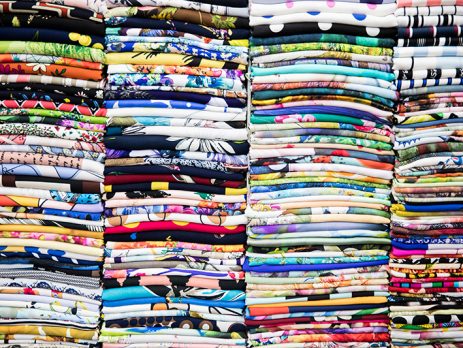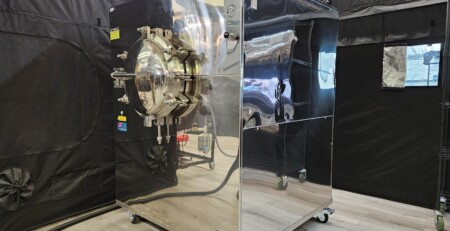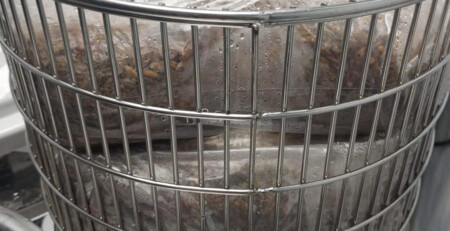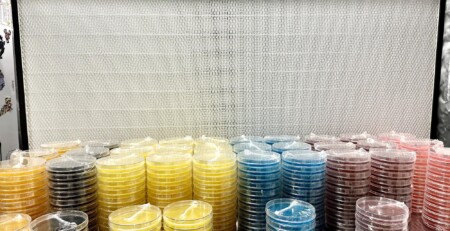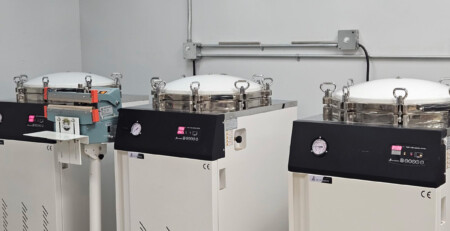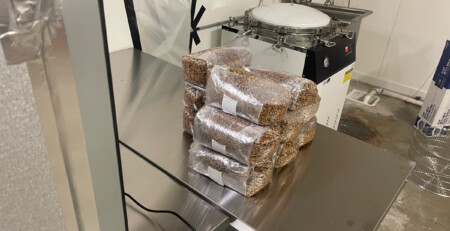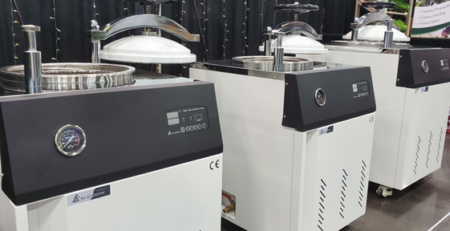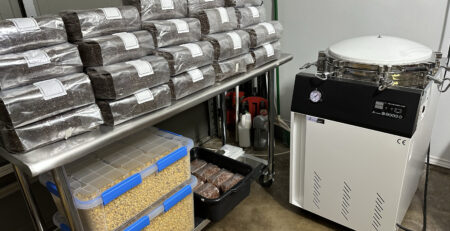Autoclaves and Textile Industry
What you need to know:
- The textile industry desperately needs new recycling techniques to mitigate its environmental impact. Current methods are severely limited by fiber quality, condition, and sorting requirements.
- One novel technique hydrolyzes virtually any cellulosic fiber using sulfuric acid inside an autoclave.
- SH Scientific autoclaves may enable researchers to replicate this technique at a commercially viable scale.
Increasing global prosperity in general, and fast fashion availability in particular, are driving unprecedented clothing and apparel sales. With them come high resource consumption, worrisome byproducts, and vast but inevitable waste.
Textile recycling can mitigate these harms, but its role is more limited than popular understanding suggests. More efficient and commercially viable techniques will solve a pressing environmental need, and may hold enormous financial upside for whoever pioneers them.
One such technique is sulfuric acid hydrolysis inside an autoclave. We’ll look briefly at the fundamental challenges of recycling textiles, then walk through this novel approach.
Why Is Textile Recycling So Difficult?
Many garments are recyclable in principle but not in practice. Commercial-scale methods generally recycle entire fibers, or at least their polymer components, so the fibers must be sufficiently long and intact. That rules out many well-worn garments right off the bat.
What’s more, these methods generally work on only one type of fiber at a time. That raises complicated (therefore costly) logistical hurdles like sorting by fiber composition and removing hardware and fasteners.
One promising alternative is to break fibers down into their components, e.g., cellulose into glucose. Fiber quality ceases to matter, since the end result is a liquid. Furthermore, all cellulosic fibers hydrolyze into the same monomers, so fabric separation is less painstaking. Cotton and modal, for instance, could theoretically be processed together.
The resulting solution may be used to produce synthetic cellulosic fibers like rayon or viscose, or it may serve a multitude of other industrial purposes. While far from the ideal “closed loop” supply chain, this process may reduce landfill use and even make a dent in virgin cotton consumption.
A Novel Process for Recycling Cotton Garments
Cotton is notoriously difficult to hydrolyze, and all the more so when it’s in the form of fabric. For instance, 55% sulfuric acid at room temperature has been shown to hydrolyze raw cotton fibers, but not finished textiles.
However, researchers in Sweden have found a way to turn cotton textiles into a commercially useful glucose solution, using only sulfuric acid as a catalyst.
The process involves two stages. The first is one hour of hydrolysis in a tepid sulfuric acid solution, yielding a gel. The second is to dilute the gel, heat it for one hour in an autoclave, and finally strain any residues out of the glucose solution. (Those residual solids aren’t exactly recyclable, but may find reuse in industrial fuels, for instance.)
The second step is highly sensitive to dilution and temperature levels. It delivered the highest glucose yield—around 70% of the initial mass—and the highest concentration around 100° C and modest dilution.
Work remains to increase efficiency and recycle the sulfuric acid catalyst. Still, this research seems to represent an enormous step toward closing the loop of the textile industry.
Choosing the Right Autoclave
With only two steps and one catalyst, this simple and efficient process has immense commercial potential.
Glucose yield proved sensitive to temperature, so commercial viability hinges on a consistent, repeatable, and easily scaled heating technique. The researchers’ success with an autoclave bodes well for commercial processing.
The SH Scientific autoclave line is a cost-effective way for textile researchers and even smaller commercial recyclers to equip their facilities.
- Several capacity options from 60 to 300 liters
- High precision via a digital PID controller, resulting in temperature uniformity of ± 1°C at 121°C.
- Confidently hands-off operation, thanks to safety features like pressure-sensing locks, pressure relief values, and heat shields.
- Cost-effective vertical design with a large door for easy loading.
Getting Started With an SH Autoclave
Some of today’s key innovators in textile recycling choose SH Scientific for a simple reason: our research-grade autoclaves rival brands that cost several times more.
Every SH device is made in Korea, fulfilled from California, and supported from Oregon. And with in-house design and engineering teams, we have the agility and the resources to offer customizations that the best-known brands can’t accommodate.
If your textiles lab needs higher-volume yet hands-off equipment, then contact our team to explore your options.

